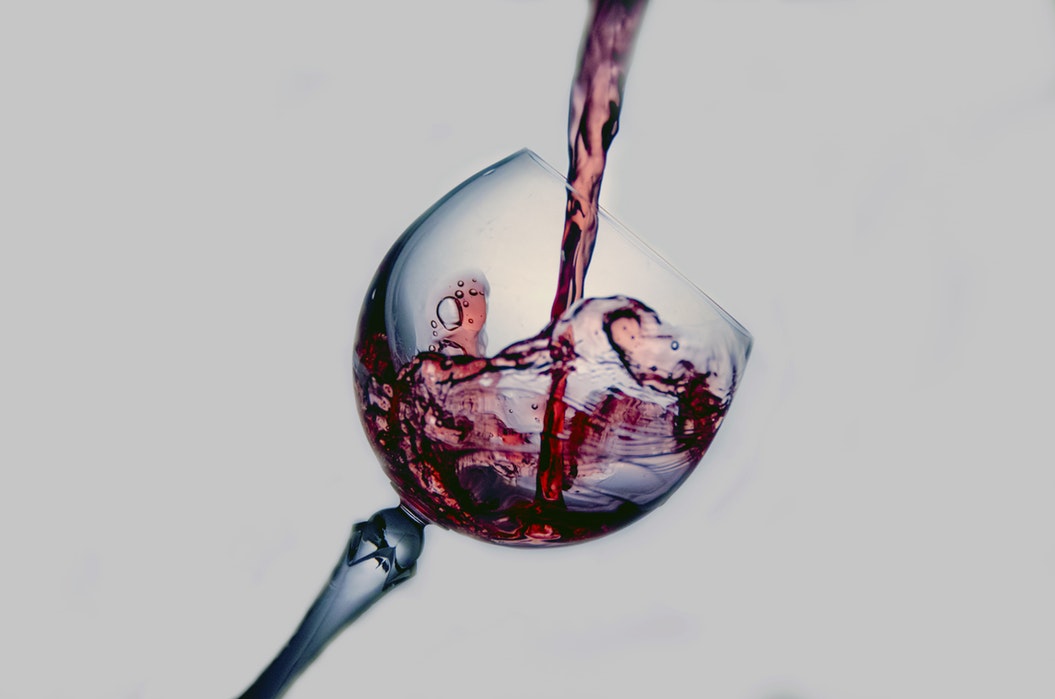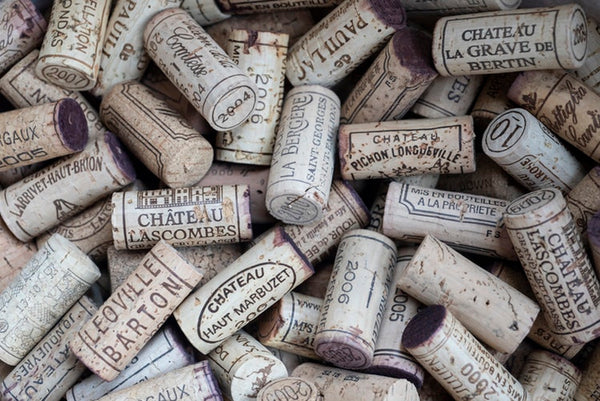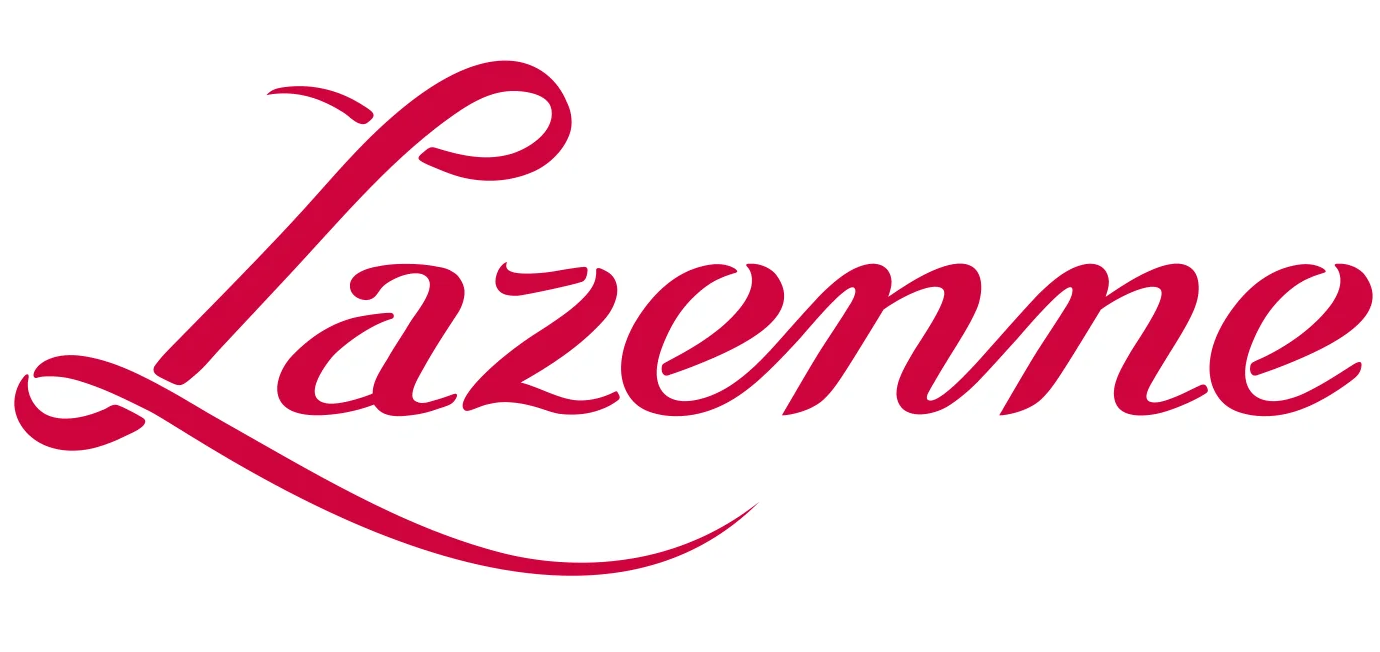
Make Sure You Know These Top 10 Wine Myths
The wine world is full of myths and false facts, we suppose perhaps an inevitable consequence of just how complex and arcane it can be. Whilst consumer education is gradually increasing, we still come across the same misinformation time and time again, often on official articles and newspaper columns, which just goes to show how deeply ingrained some of them are! Whilst we heartily recommend a structured wine course, as offered by the Wine and Spirit Education Trust for example, for those looking to make a professional career in the world of wine, we thought we could clear up some of the more obvious mistruths and misunderstandings surrounding our beloved grape juice. Whether you're just discovering the world of wine or an experienced connoisseur, make sure you're aware of these 10 popular wine myths!

Sulphites Give you Headaches
This may be the most common wine myth we hear on a regular basis, and it's hard to know exactly where it started. Sulphites are used commonly in wine production, and indeed, even if none are added during the entire process of making a bottle of wine, sulphite-free wine doesn't exist, as a small amount is created during the process of fermentation. However, the vast majority of wine in the world has less than 100ppm (parts per million) in them, meaning that the following products generally contain more sulphites than wine:
Dried fruits, potatoes, pickled onions, gravy, maraschino cherries, jam.
Do any of those foods give you headaches? If not, then the sulphites in wine aren't to blame. The 12-15% of the wine that's pure alcohol, however... that might have something to do with it! The reason that sulphites are often scape-goated is likely linked to the fact that they're mentioned on every wine label, making them one of two ingredients, along with alcohol, that are. This is because for anyone with a severe sulphite allergy or severe asthma, the amount of sulphites present in wine can still pose a problem.

Slower Legs/Tears/Curtains Mean a Higher Quality Wine
You know when you swirl a glass of wine and you watch the beautiful, translucent path it takes back down into your glass? This is known as the legs/tears/curtains of the wine, and it's lovely to behold. However, it unfortunately doesn't mean a thing in terms of quality. What you're seeing is a phenomenon known as 'surface tension', essentially where alcohol is evaporating faster than water, with the result being the sliding of liquid down the side of the glass. If you want to check, grab three wine glasses and fill one with water, one with beer and one with a strong, red wine. You'll notice that with water, the drops fall down immediately, as there's no alcohol in the glass. With beer it'll slide, but quickly, whereas a strong red wine will cause the same effect, but far more slowly. The higher the level of alcoholic content, the slower this effect.
This goes to some way to explain why it is mistakenly believed to be a sign of quality. Historically, when our understanding of farming and viticulture was basic, high levels of alcohol in a wine most probably meant ripe grapes, which in turn meant stronger, pleasant flavours. Today, achieving ripeness is not an issue apart from the coolest wine growing regions of the world, and so a level of alcohol is no indication of quality at all.

Screw-cap Closures are a Sign of a Cheap Wine
Despite decades of evidence pointing to the contrary, this is a myth that just refuses to die. Screw-caps first came into the market as far back as 1959, but really came into their own at the turn of the millenium. A group of producers in Clare Valley, Australia, fed up with the poor quality of cork they'd been buying, decided to make a group purchase and switch to screw-caps for their wines. The move made waves and more and more producers started to try the same closures. Today, 80% of Australian wine and 95% of New Zealand wine is bottled under screw-cap, including some of the most premium, quality examples hailing from both countries.
Screw-caps don't have the same popularity around the world as in Australia and New Zealand, but increasingly more producers, even in classic regions, are switching their production to be bottled under screw-cap. The main reason? Cork-taint, which can ruin a wine as soon as a defective cork comes into contact with it. Modern screw-caps have seals within them which allows oxygen to enter and leave the bottle, much like a high quality cork. Sure, you don't get quite the same ritual when opening the bottle, but don't be put off by a screw-cap; it's a safer bet if you want to guarantee your wine comes out as it's meant to!

Expensive Wine is Always Better
We suppose this myth must apply to many products around the world, but it's simply not true for wine. How a bottle of wine is priced is due to many things; cost of land, cost of farming, labour, yield, production size, bottles, labels, corks, equipment and so on. However, when it comes to expensive wine, the single biggest driving factor is supply and demand. If a producer is making 3,000 bottles of their best wine a year, it doesn't take much of a large demand for this to become more popular and, as a result, more expensive!
Some of the worlds most delicious wines are still very affordable, mainly because they're not as in demand as other styles. That's not to say that some of the worlds greatest wines aren't expensive, but that you don't have to spend huge amounts of money in order to find something high quality and really very tasty!
To get the most bang for your buck when it comes to shopping for wine, make sure you read our guide to Finding Great Wine for Affordable Daily Drinking

Old Wine is Good Wine
When you open a perfectly mature, aged wine from a classic region...well... there's nothing quite like it. The complexity, the integration and the myriad of flavours that have developed over the years is exactly why people age wine in the first place. Unfortunately, this isn't what happens to all wine when you age it, and the simple truth is that not every wine is meant to be drank in its twilight years. In order for wine to age gracefully, it needs to have enough concentration of flavour to last the process and the structure (acidity, tannins etc) to support these flavours through an aging process. Most importantly of all, will the wine get better with age, or will it get worse? Some wines are simply meant to be drank in youth, and will get increasingly worse as they age. If you're looking to buy wine to lay down for a few years, make sure you check their whether they'll benefit from it or not, first! As a general rule, if you're buying the wine through a volume retail outlet like a supermarket, it's probably best to drink it in its youth.

Blended Wine is Inferior
This is a myth we've heard several times now, usually in New World countries. Historically and mainly in Europe, wines were blends. In Bordeaux, Cabernet Sauvignon and Merlot are bolstered by up to 4 other red grape varieties, the south of the Rhone Valley is usually Grenache, Syrah and Mourvedre but can contain up to a whopping 18 grape varieties in total. There are 44 blending partners for Sangiovese in Chianti! This was partly aiming for quality, particularly in the 20th century, but also partly for viticultural practicalities. In Bordeaux, it was very possible that your Cabernet Sauvignon didn't ripen in a cold year, so you'd have other plantings of other grapes as a sort of insurance policy, so that you could always make wine. In Spain and Portugal, 'field blends' are very common, where a myriad of grape varieties from a plot of land make a wine with no accurate delineation of the components, just because that's what's grown in the field for years; why change it when it's so delicious?
Some of the worlds greatest wines are a blend. Blends are a winemaker to account for shortcomings in single varieties, add complexity and balance the wine as a whole. Don't forget that in the New World, there are many regions where only 75% of the wine has to be made from a certain variety for it to appear on the label, so appearances aren't always what they appear to be!

Red Wine Should be Served at Room Temperature
In fairness, this is only a myth in certain parts of the world. Service temperatures are very important in wine as they dictate a great deal about how wines will taste. Wines served too cold will be closed and inaccessible, whilst wines served too warm will be loose, dull and unpleasant. This is where the problem of room temperature comes into play, particularly in relation to red wines. The idea of serving red wine at room temperature made a lot of sense when it was first coined in 19th century England, where the lack of central heating made for a perfect temperature in houses for wine, if not for general living! However, these days, most Western buildings are heated in the winter, bringing the overall temperature above the ideal for wine consumption, which for red wine should ideally be between 15-18°C or 59-65°F. Don't be afraid to put red wine in the fridge to bring it down to a more appropriate temperature, particularly in the summer!

Wine Tastes Like the Soil it Comes From
This is a very common myth, even amongst wine professionals! It's very common to believe that a vine, if grown in a certain soil type, will take on flavours and textures associated with that soil. This isn't impossible, but it's unlikely because of the way that a vine works. When vines take up nutrients from the soil, they only take up what they need and no more. That means that if a vine is planted in slate soils, it will take up the same amount and type of nutrients as a vine would if it were grown in any other soil type, so the mineral component of the soil doesn't come out in the flavour of the wine.
However, there's a lot of research to still be done here, as anyone who's tried the wines of Chablis, Priorat, Mosel, Etna and various other regions on specific soil types – there's definitely a link there, even if we don't currently understand it!

Big Companies Make Bad Wine
The 'Big is Bad' philosophy. We understand the sentiment and to be fair, the vast majority of the wine we're excited about do often hail from much smaller, often family-ran wineries, but that doesn't mean that good wine can't be made on a large scale. In fact, some of the worlds most classic and desirable wines are made in reasonably large quantities; a 1st Growth Chateau in Bordeaux will produce almost ½ a million bottles of their Gran Vin every single year, without fail! The great Champagne houses are producing sparkling wine on a scale that would put some Prosecco producers to shame at considerably more cost, and the very best Sherry Bodegas are usually the largest. Whilst the larger producers do sometimes fall short in the way of personality, there's a lot to love about some of the wine they produce and there's no reason why quality can't be high. Like every producer, judge them on the merits of their wine, not on the size of their portfolio.

Deep Punted Bottles mean Quality Wine
Last but not least, perhaps the least understandable of all the common wine myths. When you pick up a bottle of wine, there's usually a punt or indent in the bottom of the bottle. This is mostly an evolution in how glass was blown, with glassblowers learning that if there was a punt in the bottom of the bottle, the bottle would stand upright more easily and would be stronger as well; particularly important for sparkling wines. For some reason, a myth was created that the deeper the punt on a bottle, the higher the quality of that wine, and we've even seen people checking the punts out on bottles with just that in mind! Let's put this one to bed; there's absolutely no correlation between bottle shape and wine quality. If there were, wine-makers would focus a lot less on making wine and a lot more on getting the right bottle!
So there we have it, 10 common wine myths, thoroughly debunked. There are certainly more out there, but these are the worst offenders and we hope that clearing them up has clarified a few points of confusion for you. As always, the proof in wine is in the glass so don't be afraid to try a wine and make up your own mind. After all, it's something we drink for pleasure and half the fun is discovering it for yourself. Happy drinking!
For more information on Lazenne and how we help you discover the world of wine and bring it home with you, check out these links below:













Dejar un comentario
Este sitio está protegido por hCaptcha y se aplican la Política de privacidad de hCaptcha y los Términos del servicio.